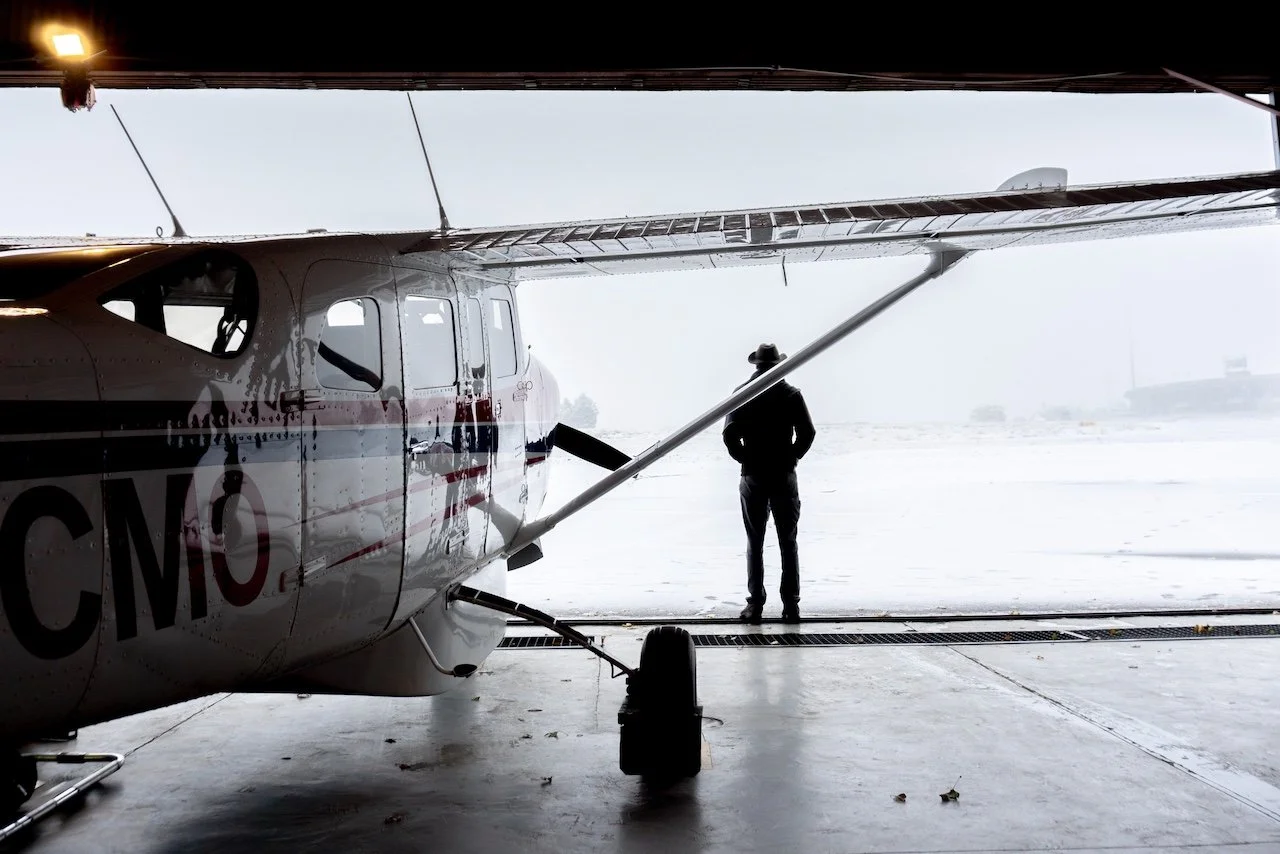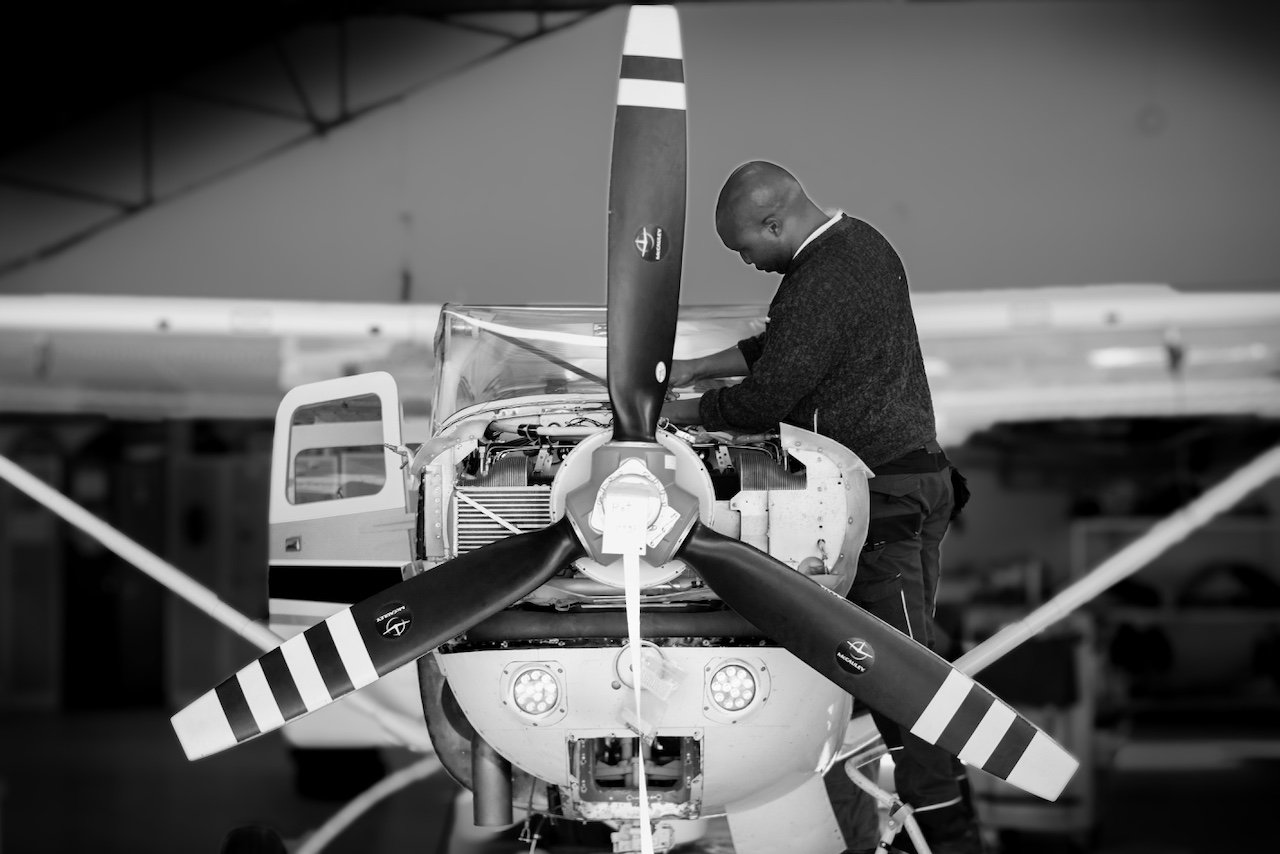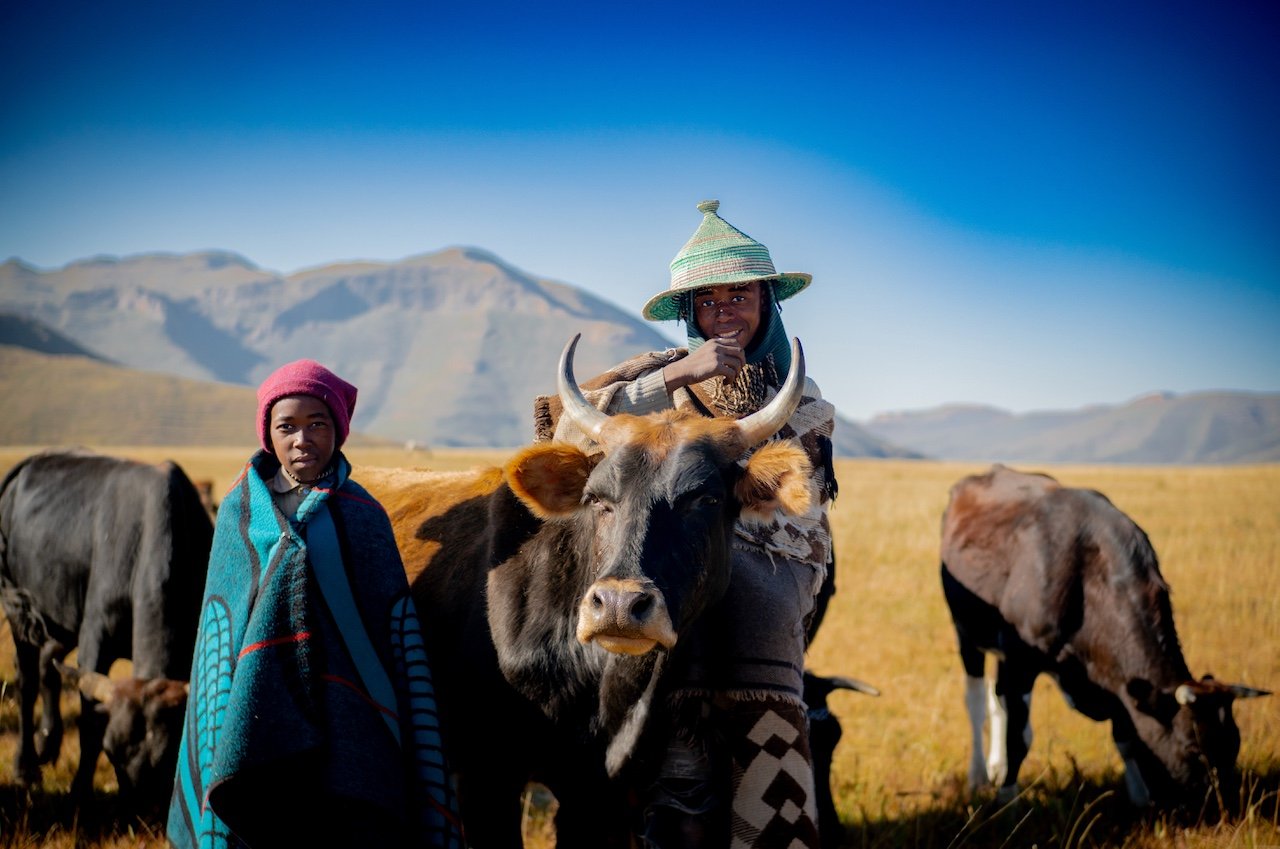I passed one thousand feet above the dirt airstrip to check the wind, check for animals, and position myself for the specific approach path. This particular runway faces 90 degrees to the direction of the valley, meaning you land towards the up sloping terrain. The day before I had been at this airstrip with a new pilot, teaching him the specific details and threats to this particular place. So the pattern, the valley, the legs of the approach were fresh in my mind.
I expected a challenge today. This airstrip is our most difficult as it gets windy and turbulent in the valley. Our remote weather station showed a pretty calm wind when I checked it before leaving, but I knew that was supposed to increase through the day.
I reduced power and started my approach while doing my before landing checks. I was being bounced around as I descended into the valley and positioned the airplane as tight as I dared to the valley side to give myself maximum space to turn out and away if needed.
My approach was stable and going well. Despite the turbulence I was able to keep the airplane going on a path that was consistent and safe.
I continued on the approach path that goes over a particular house in the village on the mountain slope. I was working for it, but it was still going well.
I knew that I would have about one second after turning onto the final approach path to decide if I was landing or getting out of there. If I hesitated too long I would be too close to the rising terrain to safely turn out again.
As soon as I turned onto final approach everything changed. The wings rocked more violently, and I had a sharp decrease in altitude despite my efforts to keep it stable. The sharp pockets of rough air were buffeting around my wings and I was feeling every bump. I let the downdrafts do their thing and push me lower, below the glide path, and immediately applied full power and got out of there.
I flew out of the valley, climbed to a higher altitude, and regrouped. Then I turned around back towards the airstrip and set up to try it all again.
I tried the approach two more times and got the same result. Everything went well until the last section of the approach path where it turned into a washing machine spin cycle. Seeing the consistency of the wind in that portion of the approach, I was now satisfied that there was no way I could safely land here today.
Knowing I flew within my predefined safe limitations, and that I gathered the data I needed to make a smart decision, I had no doubts as I set course back to home base, leaving the doctor team I was supposed to pick up ‘stranded’ at the remote clinic.
As a pilot, this type of decision process is very clear in my mind: there are predetermined limitations that are set before I even start the flight. I can operate inside of those limitations, even if that feels uncomfortable and challenging. But anything outside those limits is strictly a no-go. By doing this, we can operate in very uncomfortable, bumpy, challenging conditions with clear guidance when the limit is close.
Knowing those limits and staying in them makes me feel at ease, even when it’s tough. And staying in the limits keeps us safe.
And yet, when it comes to other aspects of life, we rarely apply the same logic. Sometimes things get busy. Our plates get fuller and fuller, and we just keep saying yes to everything until it’s all just too much and we put ourselves in an unsafe situation: be that physically, mentally or emotionally.
Work has been tough for the last few months. Early this year our country director (the program manager for MAF Lesotho) and his family returned to the USA. This left the rest of us to fill his role by all doing a little more and taking on more leadership-type tasks.
We then had one pilot go on furlough, which left us with 3 pilots. In June, one of the remaining pilots got injured while riding his bicycle in town. A taxi jumped a stop sign and struck Joe, who ended up with a concussion, a broken elbow, broken hand and cracked tail bone. (We are thankful that Joe is healing well!)
That left us with two pilots: Myself and Luke (aka “the new guy”), who started with MAF Lesotho last September.
For the last few months we have been on-call every second weekend. Meaning we work 11 days and then get 3 days off. This takes a toll. Added to that are the additional leadership tasks and day-to-day challenges that arise.
During this time Jane had her long ‘winter’ break (summer break for all Northern Hemisphere kids). Lesotho is a hard place to be during the winter break. There isn’t much to do outside. No parks or activities or libraries to visit. It was a daunting task for Emily to have 8 weeks at home finding things to do with Jane. Added to which our local support network had all but vanished as families took the winter break to visit their home counties. With our staffing shortage it meant any plans we had for vacation during that time needed to be changed.
We did have two wonderful things happen during the winter break, though. A visit from Emily’s college roommate, along with her family, was one of the highlights. We also had the amazing opportunity to go to a Springboks (South African Rugby team) match in the nearby town of Bloemfontein with my family.
In these more challenging conditions, I’m learning to apply the concepts we use to keep us safe when flying to keep us safe while doing other things too. This means saying no to a lot of things that would push us outside our limits.
As we look back and realize it’s been a year since we started the handover of PCC to Liberty Church, I am so thankful we did, because we just wouldn’t have been able to handle it all. Lineo and the Liberty Church team continue to do a wonderful job leading and directing PCC, and we celebrate their progress.
Jane stared 4th grade in August and while we only have one child, it feels like a full-time job to support, encourage and help her in these important years. Well done to everyone who does that with more than one child!
When I reflect on how we fly, and the concepts we use to keep ourselves within the limits, I realize how vital it is that we do that in the rest of life as well. Figuring out what is reasonable to handle, and being brave enough to give up things that aren’t.
If I think about that landing I gave up because it was out of limits, I know without a doubt that if I pushed on, broke the limits and landed the airplane anyway, it would 100% have been a failure.
*Upon checking the data on the remote wind station at that airstrip, I saw that at the time I was attempting the approaches, the wind had picked up to over 10 knots, with gusts up to 20 knots!












